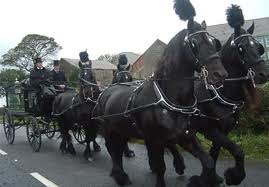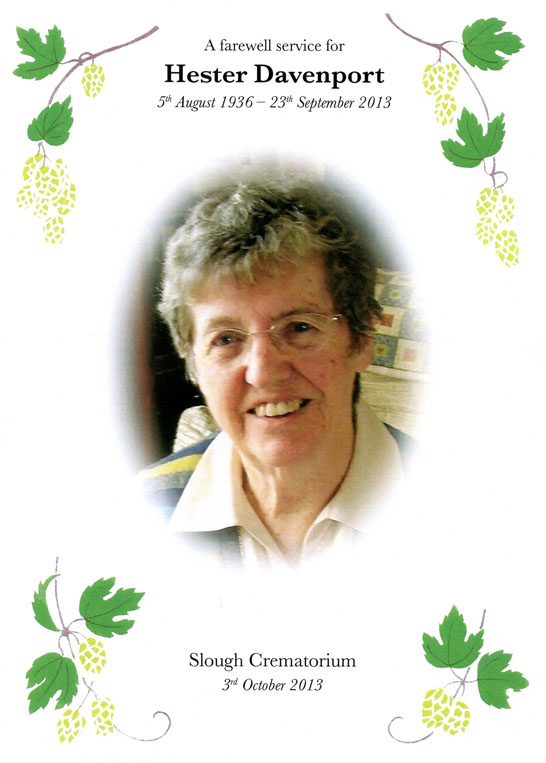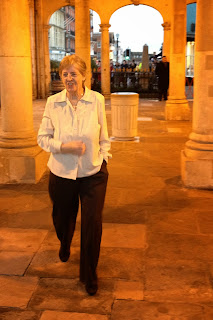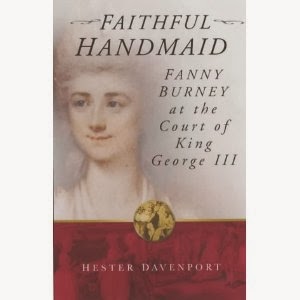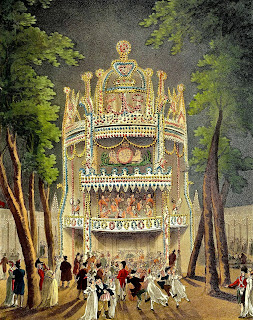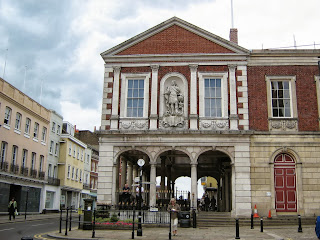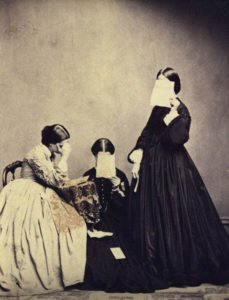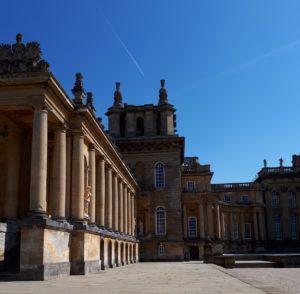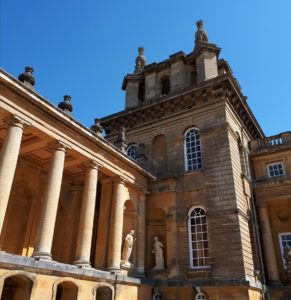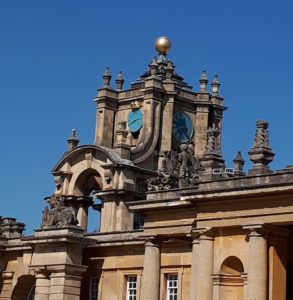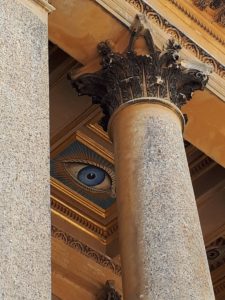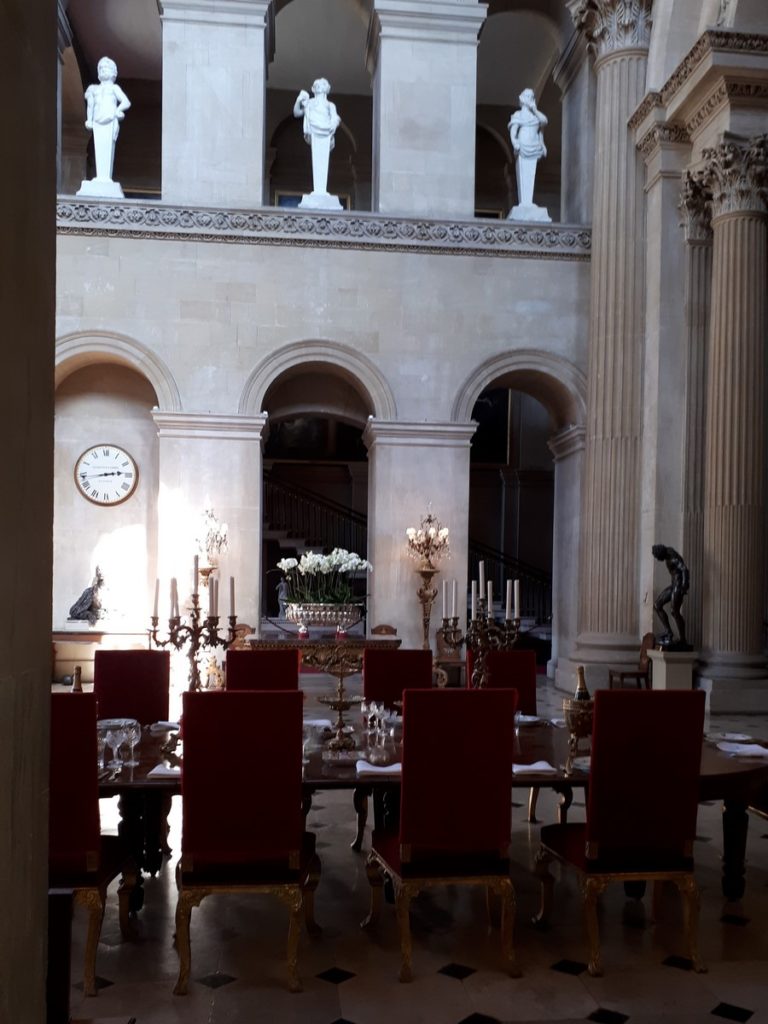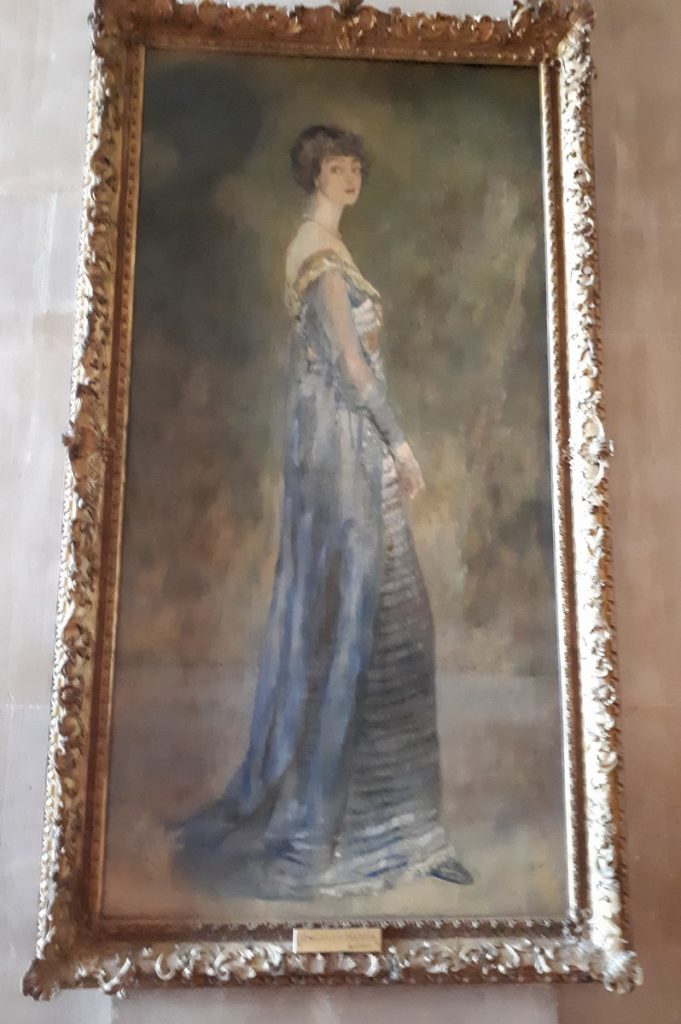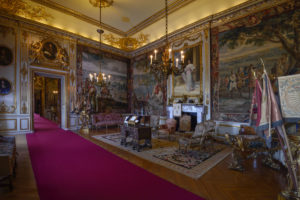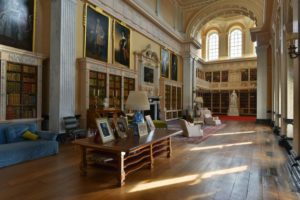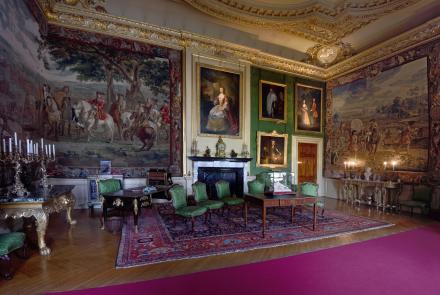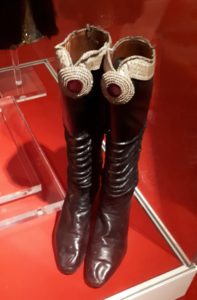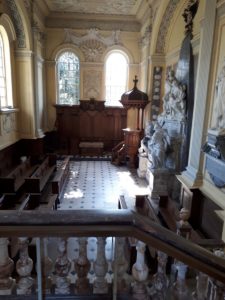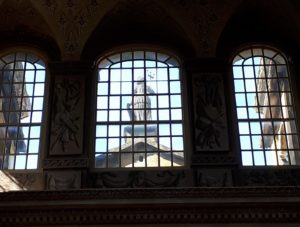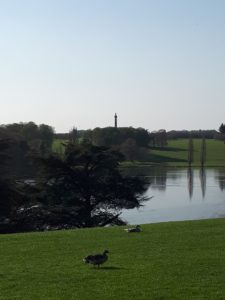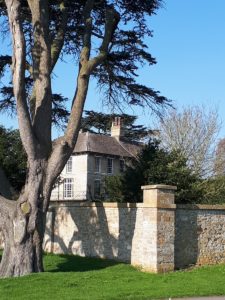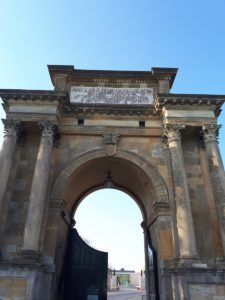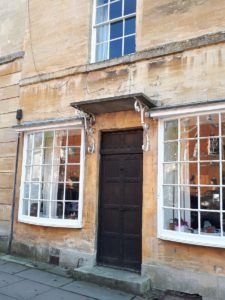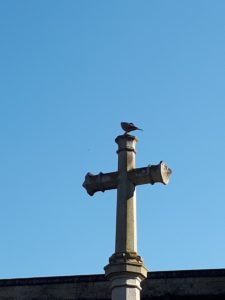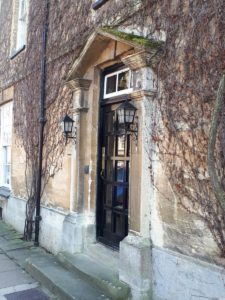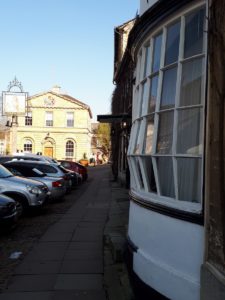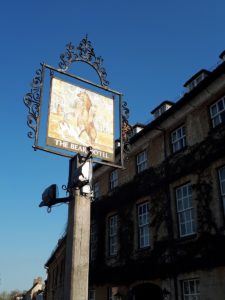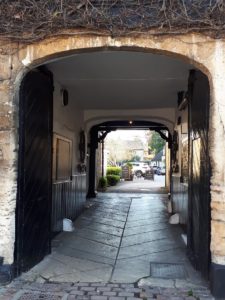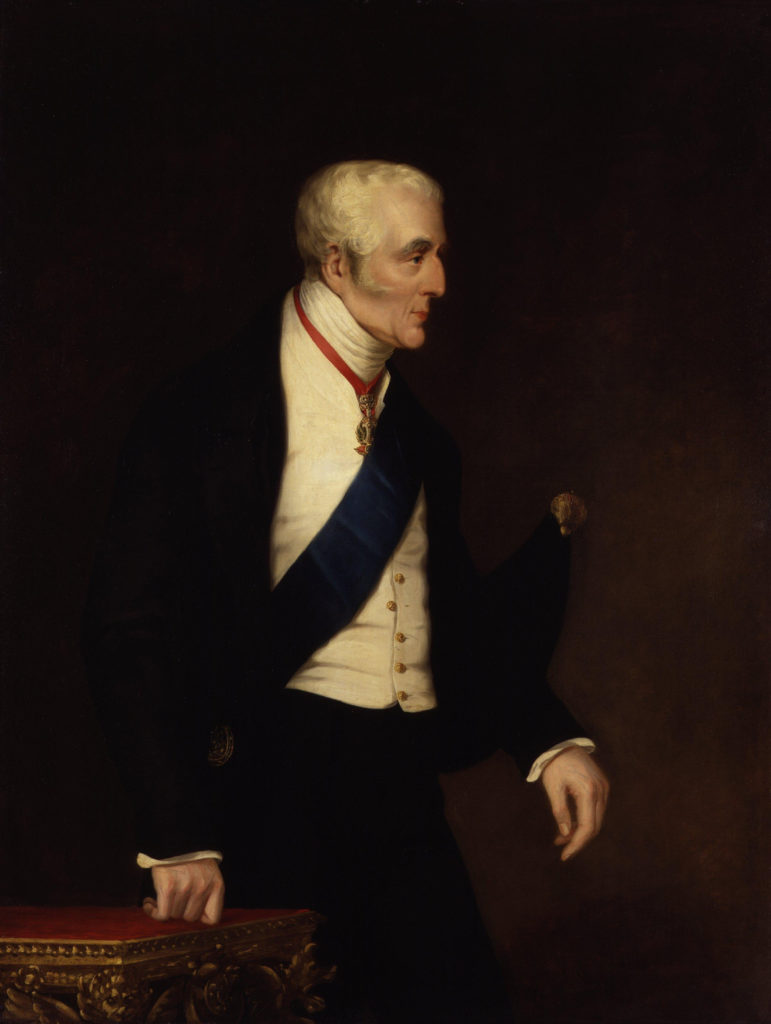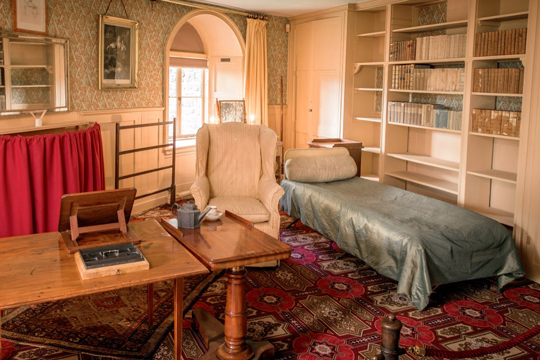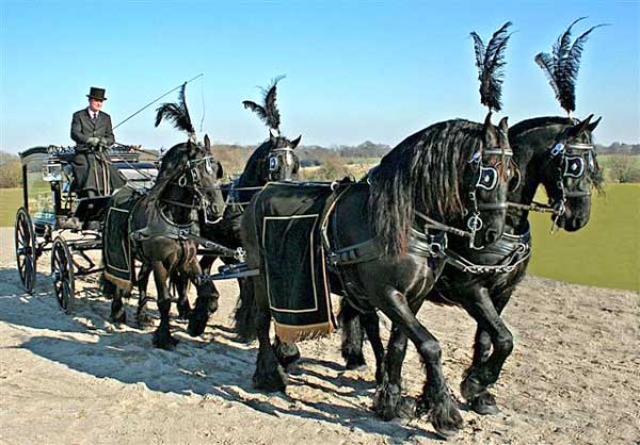
From The Horse-World of London by William John Gordon (1893)
This funeral business is a strange one in many respects, but, just as the jobmaster is in the background of the every-day working world, so the jobmaster is at the back of the burying world. The ‘funeral furnisher’ is equal to all emergencies on account of the facilities he possesses for hiring to an almost unlimited extent, so long as the death rate is normal. The wholesale men, the ‘black masters,’ are always ready to cope with a rate of twenty per thousand —London’s normal is seventeen—but when it rises above that, as it did in the influenza time, the pressure is so great that the ‘blacks’ have to get help from the ‘coloured,’ and the ‘horse of pleasure’ becomes familiar with the cemetery roads.
A hundred years ago there was but one black master in London. He owned all the horses; and there are wonderful stories of the funerals in those days when railways were unknown. The burying of a duke or even a country squire, in the family vault, was then a serious matter, for the body had to be taken the whole distance by road, and the horses were sometimes away for a week or more, and were often worked in relays, much on the same plan as the coach-horses, only that rapid progress through the towns and villages was impossible, for the same reason that no living undertaker dare trot with a tradesman within the limits of the district in which the deceased happens to have been known and respected. Even nowadays the black masters of London can be counted on one’s fingers, the chief, according to general report, being Dottridge, of East Road.
A wonderful place is Dottridge’s. It is the centre of what may be called the wholesale undertaking trade, where the retail undertakers are themselves undertaken and supplied with all they need, from coffin to tombstone. From all parts of the country telegrams and letters are continually coming in and packages continually going out by carrier and fast train, all labelled ‘immediately for funeral,’ to insure quick delivery. If anyone wants a parcel to go promptly and surely to hand, he has only to label it with these mystic words, and the railway men will pounce upon it and be off with it at a run—that is, if they treat it as we saw them do with the first one that came under our notice, which they handled as if it had arrived red hot, and was required at its destination before it cooled. ‘Haste,’ `urgent,’ ‘ immediate,’ are but poor incentives to speed compared with the red funeral label, such as was once accidentally stuck on a boy’s hamper, and sent the matron into hysterics as it was hurriedly bumped on to the school door-mat.
“Altogether there are about 700 of these black horses in London. They are all Flemish, and come to us from the flats of Holland and Belgium by way of Rotterdam and Harwich. They are the youngest horses we import, for they reach us when they are rising three years old, and take a year or so before they get into full swing; in fact, they begin work as what we may call the ‘halftimers’ of the London horse-world. When young they cost rather under than over a hundred guineas a pair, but sometimes they get astray among the carriage folk, who pay for them, by mistake of course, about double the money. In about a year or more, when they have got over their sea-sickness and other ailments, and have been trained and acclimatised, they fetch 65L. each; if they do not turn out quite good enough for first-class -work they are cleared out to the second-class men at about twenty-five guineas; if they go to the repository they average 10L; if they go to the knacker’s they average thirty-five shillings, and they generally go there after six years’ work. Most of them are stallions, for Flemish geldings go shabby and brown. They are cheaper now than they were a year or two back, for the ubiquitous American took to buying them in their native land for importation to the States, and thereby sent up the price; but the law of supply and demand came in to check the rise, and some enterprising individual actually took to importing black horses here from the States, and so spoilt the corner.
“Here, in the East Road, are about eighty genuine Flemings, housed in capital stables, well built, lofty, light, and well ventilated, all on the ground floor. Over every horse is his name, every horse being named from the celebrity, ancient or modern, most talked about at the time of his purchase, a system which has a somewhat comical side when the horses come to be worked together.
“One would think these horses were big, black retriever dogs, to judge by the liking and understanding which spring up between them and their masters. It is astonishing what a lovable, intelligent animal a horse is when he finds he is understood. According to popular report these Flemish stallions are the most vicious and ill-tempered of brutes; but those who keep them and know them are of the very opposite opinion.
“The funeral horse hardly needs description. The breed has been the same for centuries. He stands about sixteen hands, and weighs between 12 and 13 cwt. The weight behind him is not excessive, for the car does not weigh over 17 cwt., and even with a lead coffin he has the lightest load of any of our draught horses. The worst roads he travels are the hilly ones to Highgate, Finchley, and Norwood. These he knows well and does not appreciate. In a few months he gets to recognise all the cemetery roads ‘like a book,’ and after he is out of the bye streets he wants practically no driving, as he goes by himself, taking all the proper corners and making all the proper pauses. This knowledge of the road has its inconveniences, as it is often difficult to get him past the familiar corner when he is out at exercise. But of late he has had exercise enough at work, and during the influenza epidemic was doing his three and four trips a day, and the funerals had to take place not to suit the convenience of the relatives, but the available horse-power of the undertaker. Six days a week he works, for after a long agitation there are now no London funerals on Sundays, except perhaps those of the Jews, for which the horses have their day’s rest in the week.
“To feed such a horse costs perhaps two shillings a day—-it is a trifle under that, over the 700—and his food differs from that of any other London horse. In his native Flanders he is fed a good deal upon slops, soups, mashes, and so forth; and as a Scotsman does best on his oatmeal, so the funeral horse, to keep in condition, must have the rye-bread of his youth. Ryebread, oats, and hay form his mixture, with perhaps a little clover, but not much, for it would not do to heat him, and beans and such things are absolutely forbidden. Every Saturday he has a mash like other horses, but unlike them his mash consists, not of bran alone, but of bran and linseed in equal quantities. What the linseed is for we know not; it may be, as a Life Guardsman suggested to us, to make his hair glossy, that beautiful silky hair which is at once his pride and the reason of his special employment, and the sign of his delicate, sensitive constitution.
